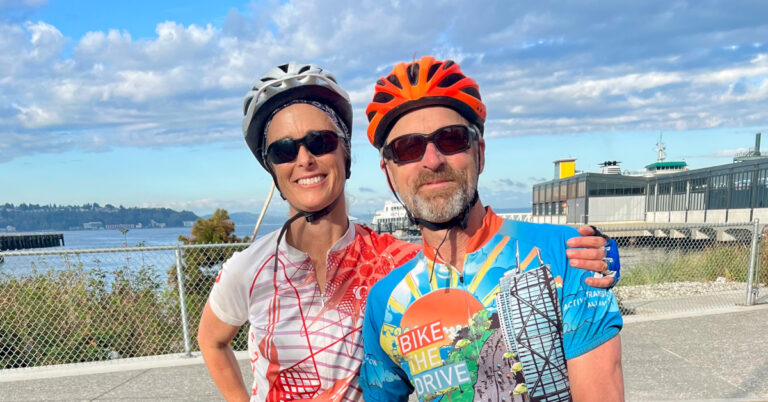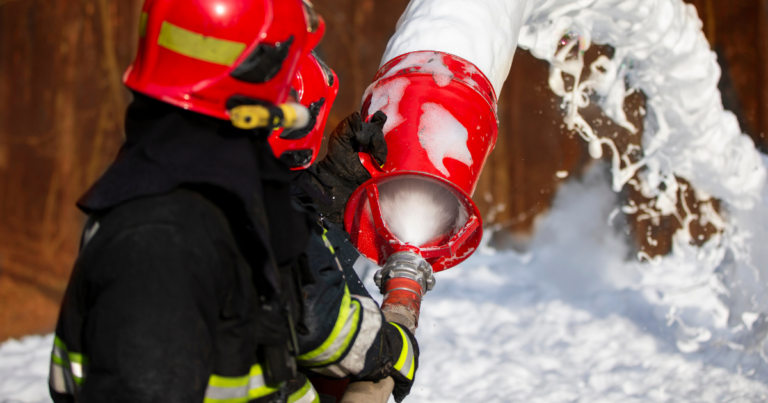Editor’s Note: This is the fifth installment in a series of posts looking into some of the the chemical pollutants that have contaminated Puget Sound’s fish and wildlife and pose one of the greatest threats to their survival. This is part two of a two-part series, The Chemicals That Just Won’t Go Away, that examines polychlorinated biphenyls (PCBs), which are still polluting people and the environment despite being banned over 30 years ago.
This post was written by Dr. Fran Solomon, an environmental biologist who teaches courses and gives seminars for university students, environmental and health care professionals, and the general public about toxic chemicals and how they affect human health and the aquatic environment.
Lowered Resistance to Disease
At the same time that I found out there were PCBs in my blood, 18,000 harbor seals died in the North Sea. This was 40% of the harbor seal population in this body of water located between Great Britain and the Netherlands. Simultaneously, a viral infection that swept through the striped dolphin population in the Mediterranean Sea resulted in the deaths of 1,100 dolphins. In both situations, there was a correlation between levels of PCBs in the blood of the dead animals and weakened immune defense systems shown by lower white blood cell counts and antibody levels. Normally, the striped dolphins would have been able to fight off the infection in the same way that humans can fight off colds and other viral infections (
1). In Puget Sound, tests have found that some ospreys and orca whales have high enough levels of PCBs in their bodies to weaken their immune defense systems (
2,3).
Impaired functioning of the immune defense system is seen in exposed humans too. Inuit infants, who have elevated levels of PCBs in umbilical cord blood at birth, suffer higher rates of ear infections and other respiratory diseases than other infants in the province of Quebec. Prenatal exposure to PCBs may have weakened the developing immune defense systems of the Inuit infants (
4).
Jim West explains how PCBs are still ending up in Puget Sound
Effects on Brain Development
In the 1980s, some 11-year old children in the Great Lakes region of North America did not perform well on tests of intelligence, short-term memory, verbal skills, and muscle coordination. The common factor among these children was that their mothers had eaten Great Lakes fish—contaminated with PCBs—two or three times each month before becoming pregnant. The PCBs had accumulated in the bodies of the women at higher levels than in the fish, and were then exported across the placenta to the developing fetuses. When the babies were born, they looked normal but it turned out their brains had been compromised, with the most severely affected 11-year olds born to mothers with the highest PCBs levels in their blood or milk. We now know that PCBs impair the functioning of the thyroid gland, which plays an important role prenatally in brain development (
1,5).
Hormone Disruption
Pacific salmon were introduced into the Great Lakes of the U.S. and Canada in the 1960s. By the 1990s, many Great Lakes salmon had enlarged thyroid glands correlated with high levels of PCBs in their blood and muscle tissue. Enlarged thyroid glands indicate subnormal levels of thyroid hormones (
1).
PCBs are structurally similar to the female sex hormone estradiol. Not surprisingly, they mimic this hormone and can trick the cells of an exposed organism into reacting in the same way as they would react to estradiol. A large body of evidence indicates that continual exposure to low levels of PCBs and other endocrine-disruptor chemicals has contributed to the threefold increase in the breast cancer rate of American women since 1960. A study of 224 Long Island, New York women with early stage breast cancer showed that women with the highest blood PCBs levels had the highest risk of recurrence (
6).
People can reduce their exposure to PCBs by eating fish with low PCBs levels in the fillets and avoiding species such as sediment-dwelling bottom fish that have high PCBs levels. The Washington State Department of Health website (www.doh.wa.gov) provides advice on which fish can be eaten frequently, which should be eaten only occasionally, and which should be avoided.
Unfortunately for orcas and other wildlife in Puget Sound, they haven’t learned to go to helpful websites and follow fish consumption advice. The cat may be out of the bag with PCBs, but it’s not too late to enact policies that will keep us from repeating history with long-lasting chemicals that harm both people and wildlife.
1. Colburn, Theo, Dianne Dumanoski, and John Peterson Myers (1997). Our Stolen Future, Penguin Books, New York, N.Y.
2. West, Jim, Washington Department of Fish and Wildlife, Interview, May 17, 2011
3. Hickie, B.E., P.S.. Ross, R.W. MacDonald, and J.K.B. Ford (2007). “Killer whales (Orcinus orca) face protracted health risks associated with lifetime exposure to PCBs.” Environmental Science and Technology 41(18): 6613-6619.
4. Dallaire, Frederic, Eric Dewailly, Carole Vezina, Gina Muckle, Jean-Philippe Weber, Suzanne Bruneau, and Pierre Ayotte (2006). “Effect of prenatal exposure to polychlorinated biphenyls on incidence of acute respiratory infections in preschool Inuit children,” Environmental Health Perspectives 114: 1301-1425.
5. Jacobson, J.L.and S.W. Jacobson (1996). « Intellectual impairment in children exposed to polychlorinated biphenyls in utero.” New England Journal of Medicine 335: 783-789.
6. Gray, Janet, ed. (2008). State of the Evidence: What is the Connection Between the Environment and Breast Cancer? 5th edition, Breast Cancer Fund (http://www.breastcancerfund.org), San Francisco, CA.



